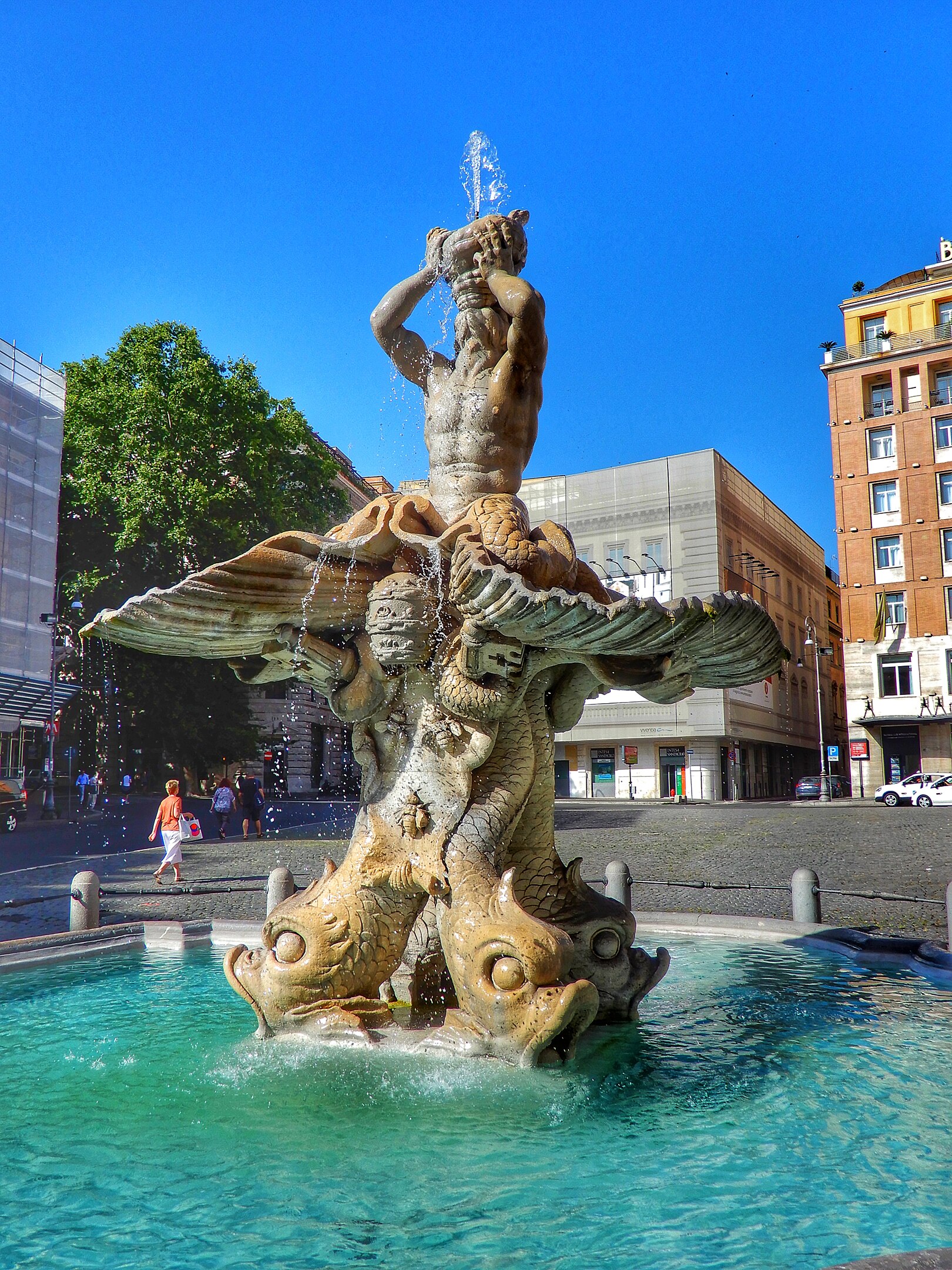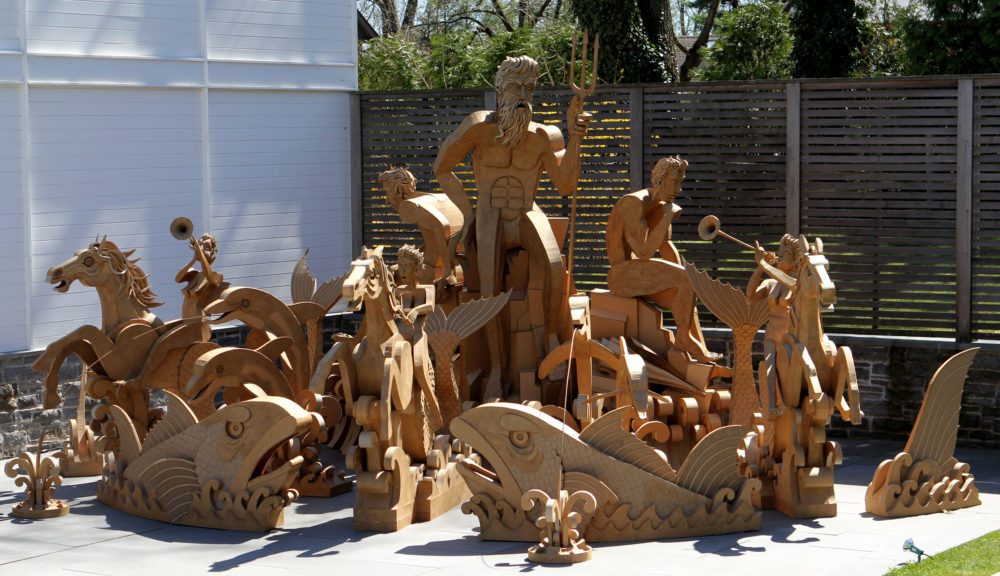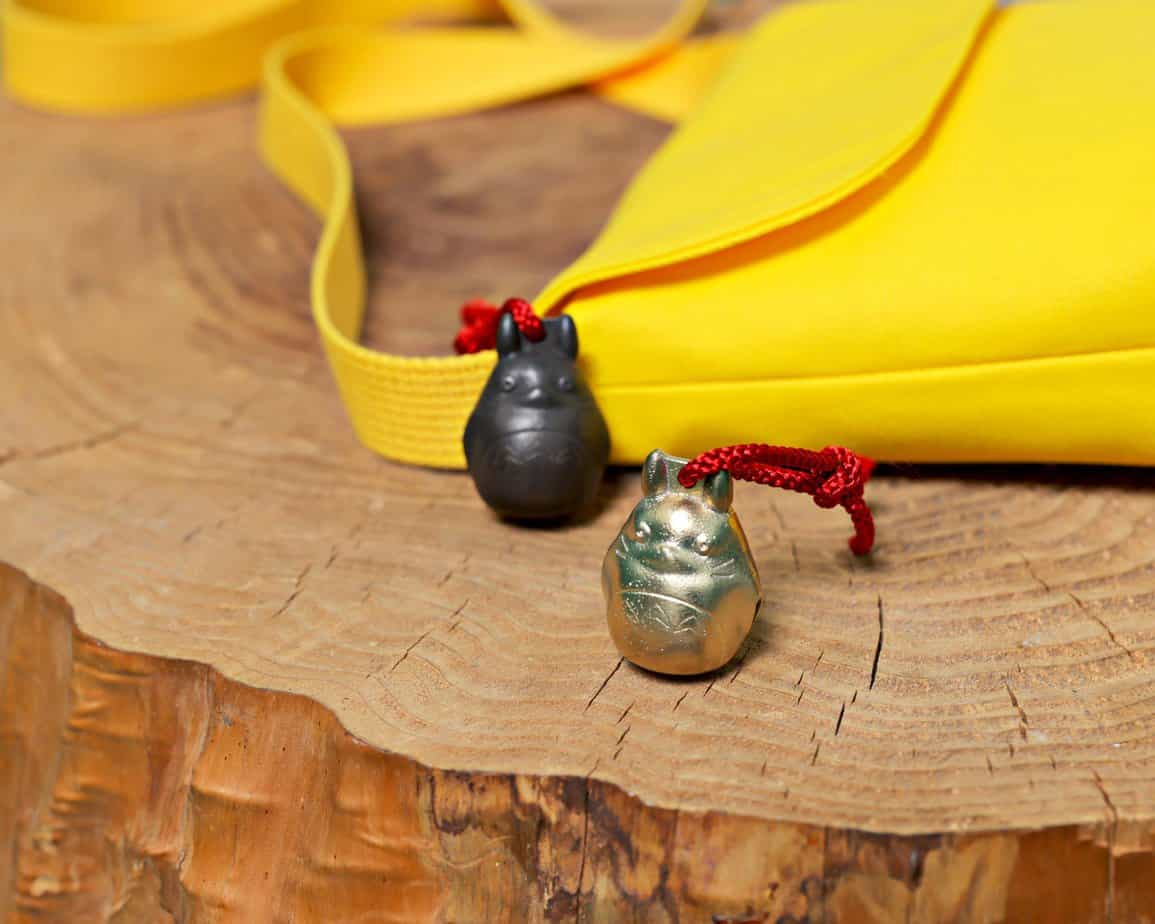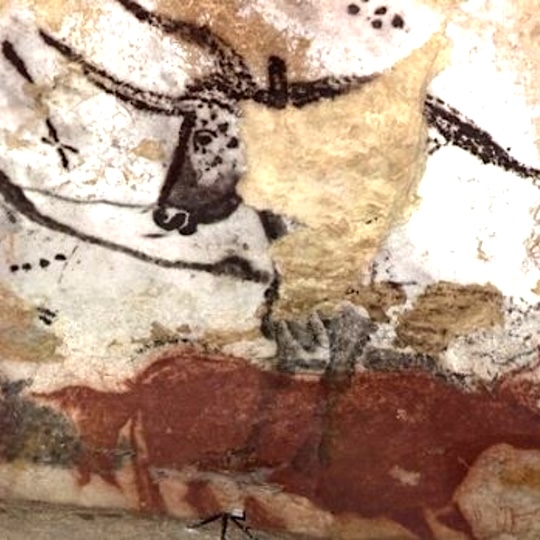From Abruzzo to Vergemoli, small Italian towns and villages have recently been making their historic homes available for purchase for as low as €1. Given the picturesque nature of many of these places, such offers have proven practically irresistible to foreign buyers who’ve made their money and are looking to escape the big-city rat race, or even those simply prone to Under the Tuscan Sun-type fantasies. But this is, of course, more than just a matter of wiring a single Euro and jetting off to a life of rustic beauty and simplicity. As shown in these videos from Explained with Dom and Insider News, you’ve got to put much more money into the acquisition and rehabilitation of these houses, not to mention the sweat equity involved.
“As young Italians increasingly migrate to the city” — if not to other countries entirely — “and choose cosmopolitan jobs over rural and community vocations, many of Italy’s prettiest remote villages are becoming abandoned, with tiny, ageing populations that are beginning to die off,” write the Independent’s Lucy Thackray.
“Some elderly Italians have found themselves with no one to leave their house to, bequeathing it instead to the local authorities, who have to decide what to do with it, while some younger citizens have inherited properties in areas they have no intention of moving to.” And so “around 25 Italian municipalities are making prospective homeowners an offer they can’t refuse,” though certain conditions do apply.
Old and less than immaculately maintained on the whole, these houses tend to require renovations “in the region of €20,000–50,000 depending on the size of the property.” And the authorities do make sure you’ll actually perform the work: “new owners are required to submit details of a renovation project within two to 12 months of purchase (depending on the location), start work within one year, and complete it within the next three.” Add on all the additional (and often unexpected) fees, and even a best-case scenario starts to look pricey. Still, if you’re totally committed to rehabilitating a venerable Italian home — and not just to rent it out to vacationers, which some areas explicitly prohibit — it might sound like a fair enough deal.
One thing is certain: anyone looking to buy into one of Italy’s cheap-house schemes (at a price of €1 or otherwise) should go in with not just sufficient knowledge of domestic architecture and remodeling, but also a familiarity with Italian ways of doing business — which have done their part to contribute to the so-called “Italian disease” that has saddled the country with decades of economic stagnation, but aren’t likely to change any time soon. And above all, it should go without saying that the first step of acting on a desire to play a part in bringing one of Italy’s “ghost towns” back to life is learning the Italian language — a task you can start right here on Open Culture. Buona fortuna to you.
Related content:
Exploring the Greatest of Italy’s 6,000 Ghost Towns: Take a Tour of Craco, Italy
Venice Explained: Its Architecture, Its Streets, Its Canals, and How Best to Experience Them All
Based in Seoul, Colin Marshall writes and broadcasts on cities, language, and culture. His projects include the Substack newsletter Books on Cities and the book The Stateless City: a Walk through 21st-Century Los Angeles. Follow him on Twitter at @colinmarshall or on Facebook.














